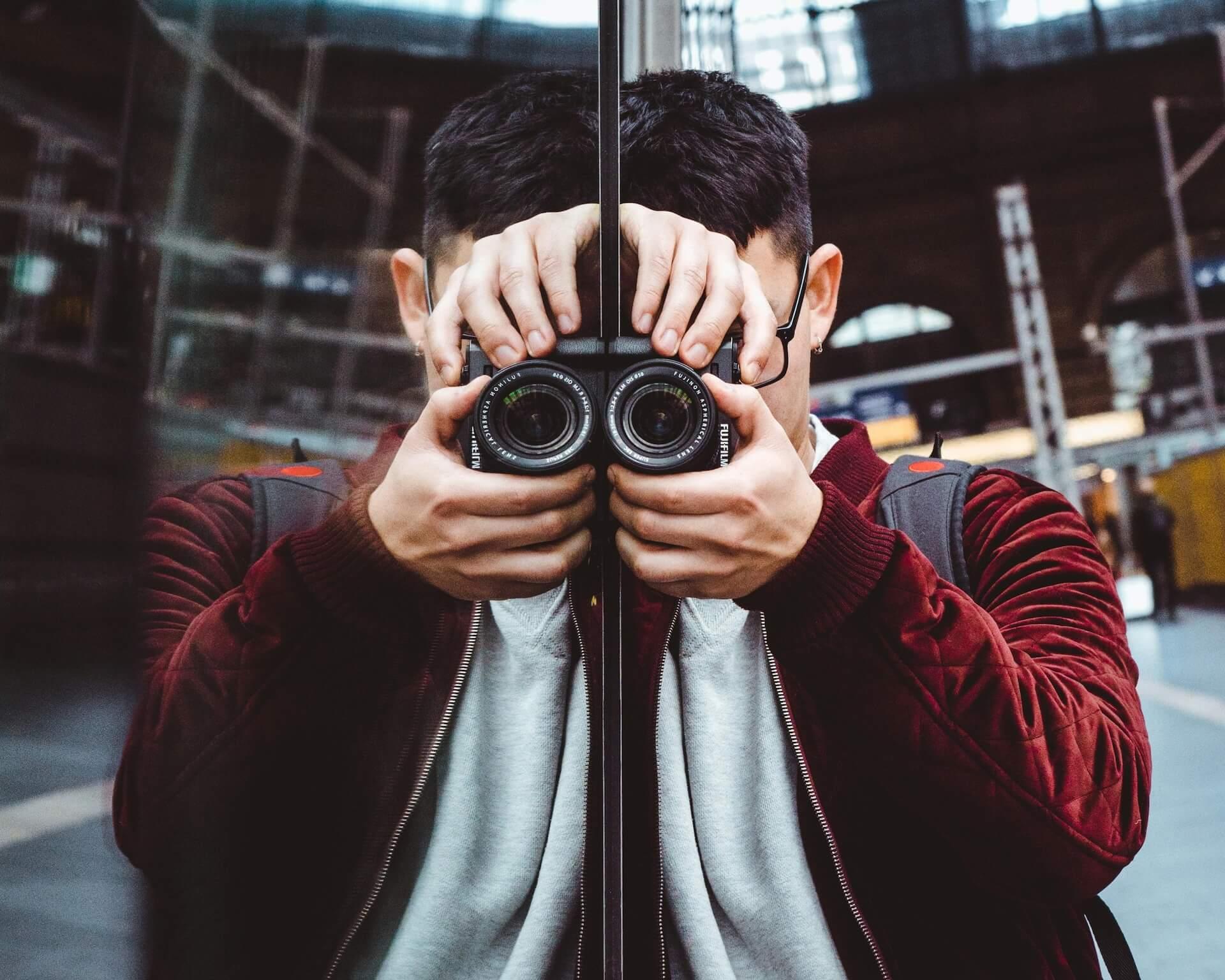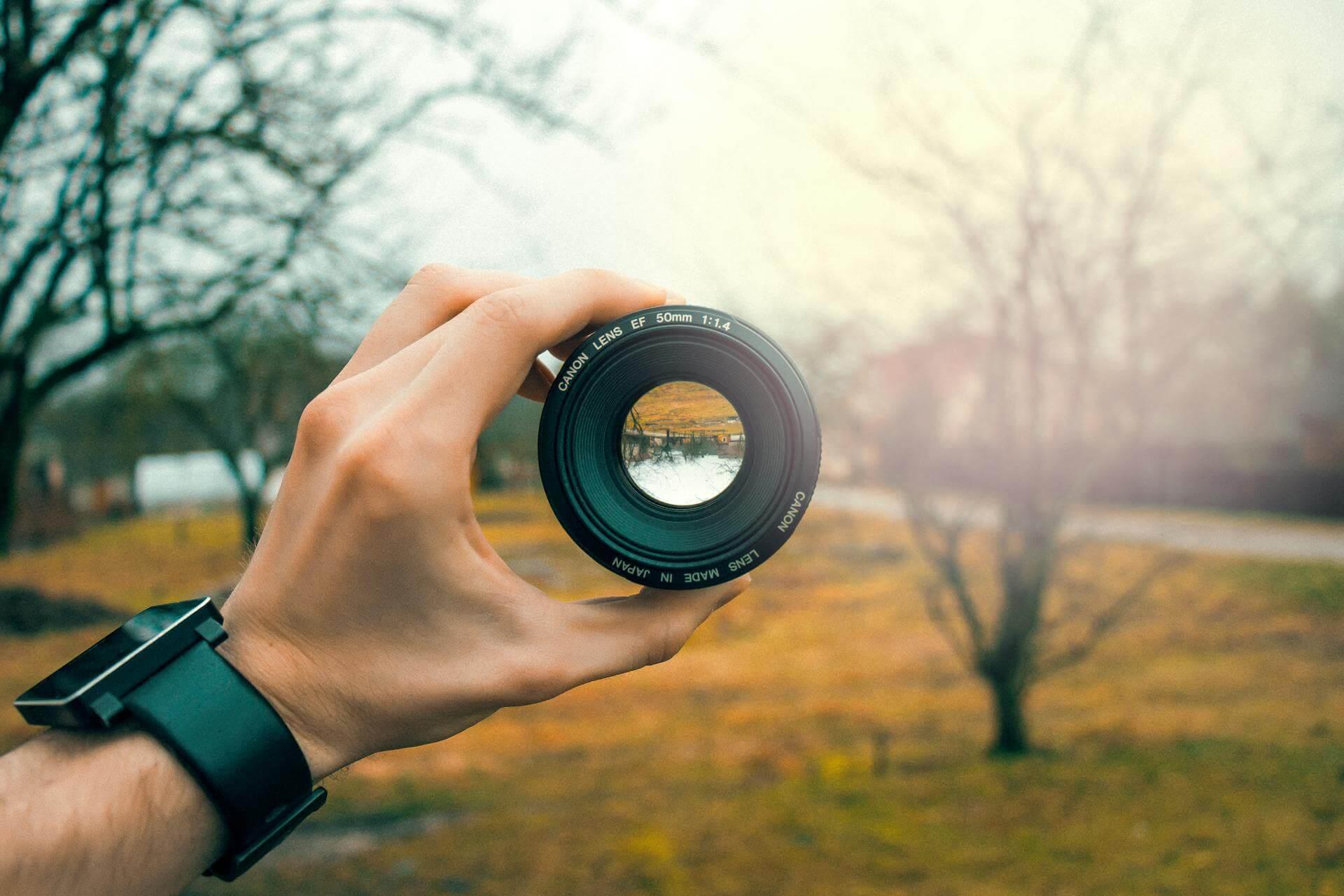Four Historical Moments Captured by Sports Photographers
Katya Mulvaney
Thu Mar 21 2024
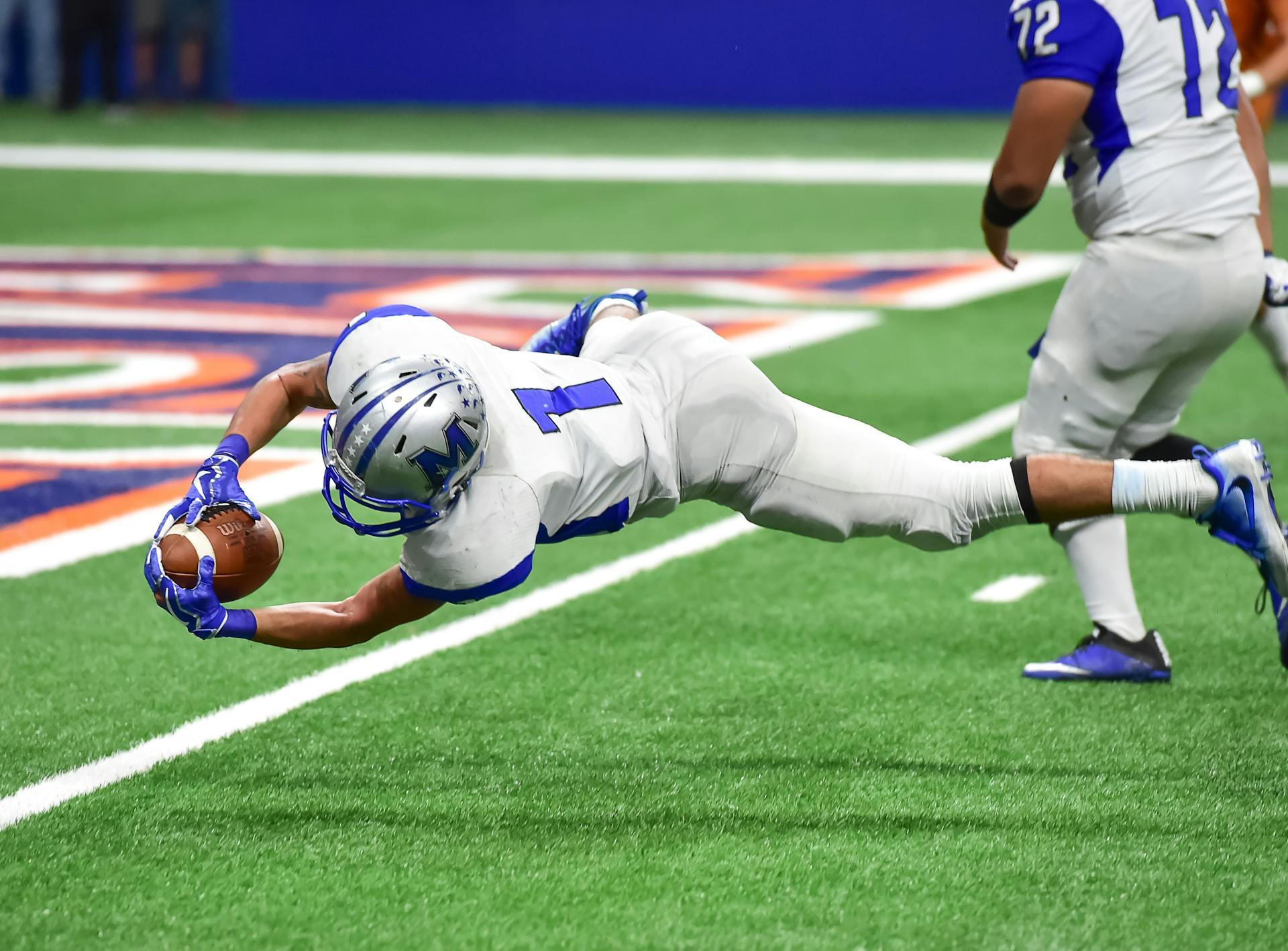
Capturing an image with social-political weight may not be the first thing on a sports photographer's mind but the potential for these images certainly exists. Below are four instances when sports photographers captured moments on the sport field which had greater social and political meaning.
1967 - Katherine Switzer, First Woman to Run the Boston Marathon
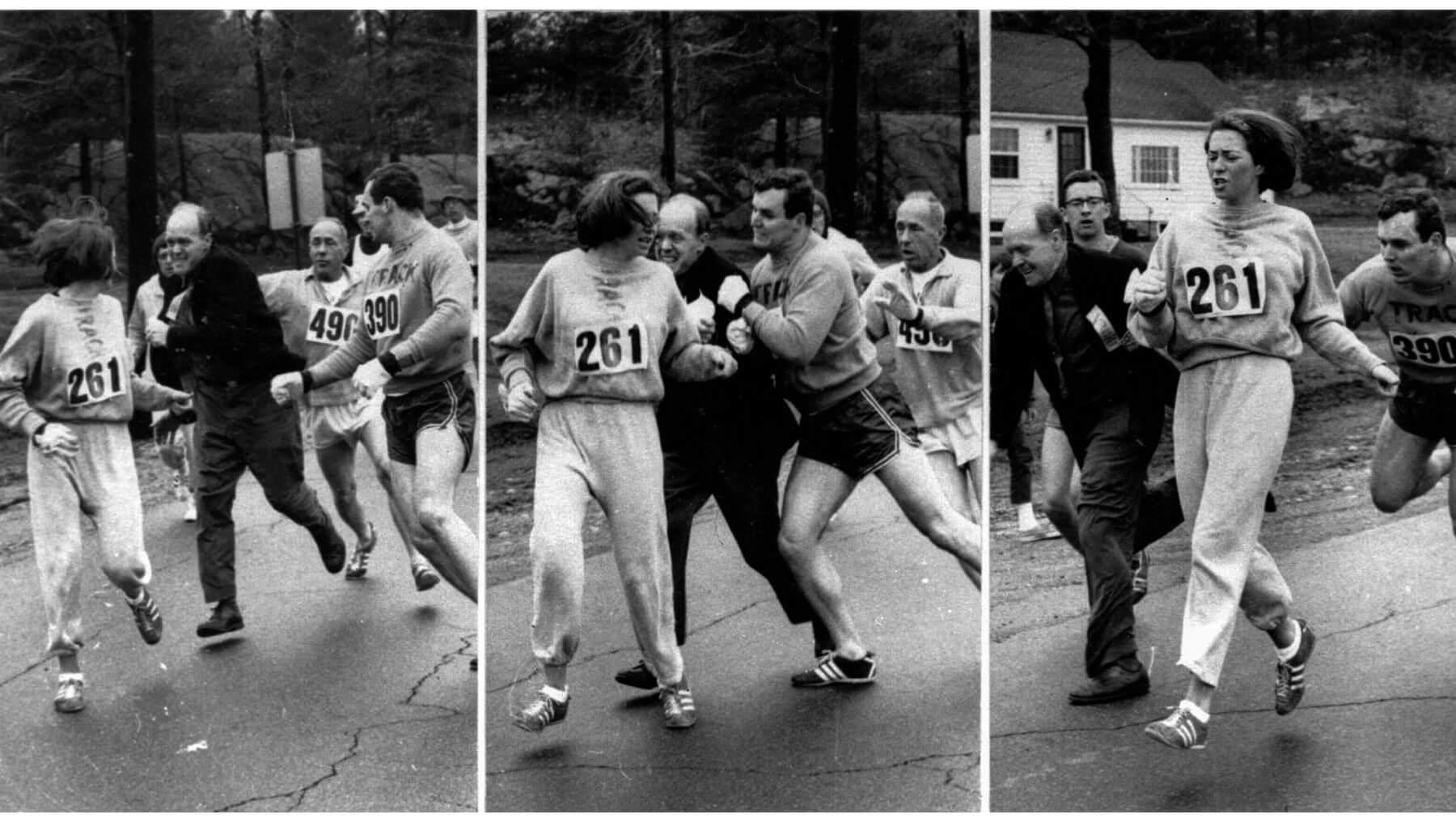 Photographs courtesy of kathrineswitzer.com
Photographs courtesy of kathrineswitzer.com
At 20 years old, journalism student Katherine Switzer entered the Boston Marathon. After training with her coach, and 15-time Boston marathon runner, Arnie Briggs, Katherine felt that she was ready to take on this momentous, all-male race. Switzer states that “I wasn't running Boston to prove anything; I was just a kid who wanted to run her first marathon”. She sent in her race application using her initials, “K.V. Switzer” which hid her gender and allowed her to receive a number for the race.
Once she was spotted competing in the male-only race, one of the marathon officials, Jock Semple, ran after her and attempted to rip her race numbers off. This failed attempted was stopped by Switzer's boyfriend who tackled Semple allowing Katherine to get away. This moment was captured by the Boston Press truck which was covering the race.
After completing the marathon, photos of the ordeal filled newspapers which raised the question of women's rights in sports. Five years later, in 1972, women were officially allowed to run the Boston Marathon and to this day, Katherine Switzer continues to be an advocate for women runners.
1968 - Tommie Smith and John Carlos, Black Power Salute
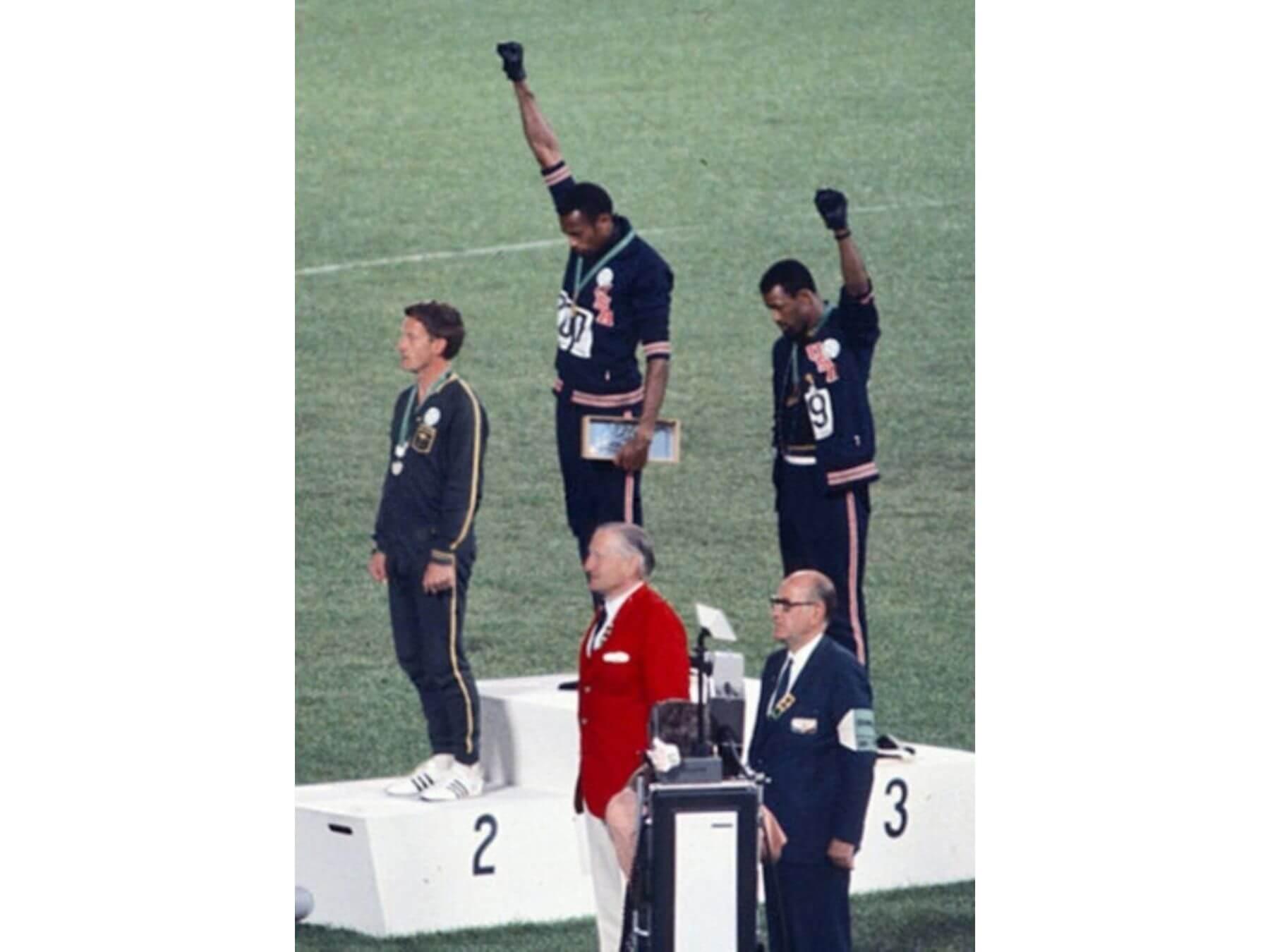 Photo source: civilrightsteaching.org
Photo source: civilrightsteaching.org
Tommie and John won gold and bronze (respectively) for the 200m sprint in the 1968 Olympics. While on the podium, as the Star-Spangled Banner began to play, the two American athletes each rose a fist in silent protest. The two men stood on the podium wearing symbolic beads, a scarf, socks and black-gloves. These items represented some of the inequalities that African Americans suffered; lynching and poverty. The protest came during opposition to the Vietnam War and the Civil Rights Movement.
Even Peter Norman, who won silver, wore a broach from the Olympic Project for Human Rights (OPHR), to show support for their cause. The OPHR was founded in the US and was a cause which both men were participants of. The cause aimed to close the gap between African Americans during the time (check details).
Both Tommie and John suffered tremendous consequences for their protest. They were banned from the Olympic team, removed from the Olympic village, and had trouble finding work for years after the incident. In 2008 they were both award the Arthur Ash Award for “possessing strength in the face of adversity, courage in the face of peril and the willingness to stand up for their beliefs no matter what the cost.”
1995 - Nelson Mandela and Francois Pienaar, Rugby World Cup
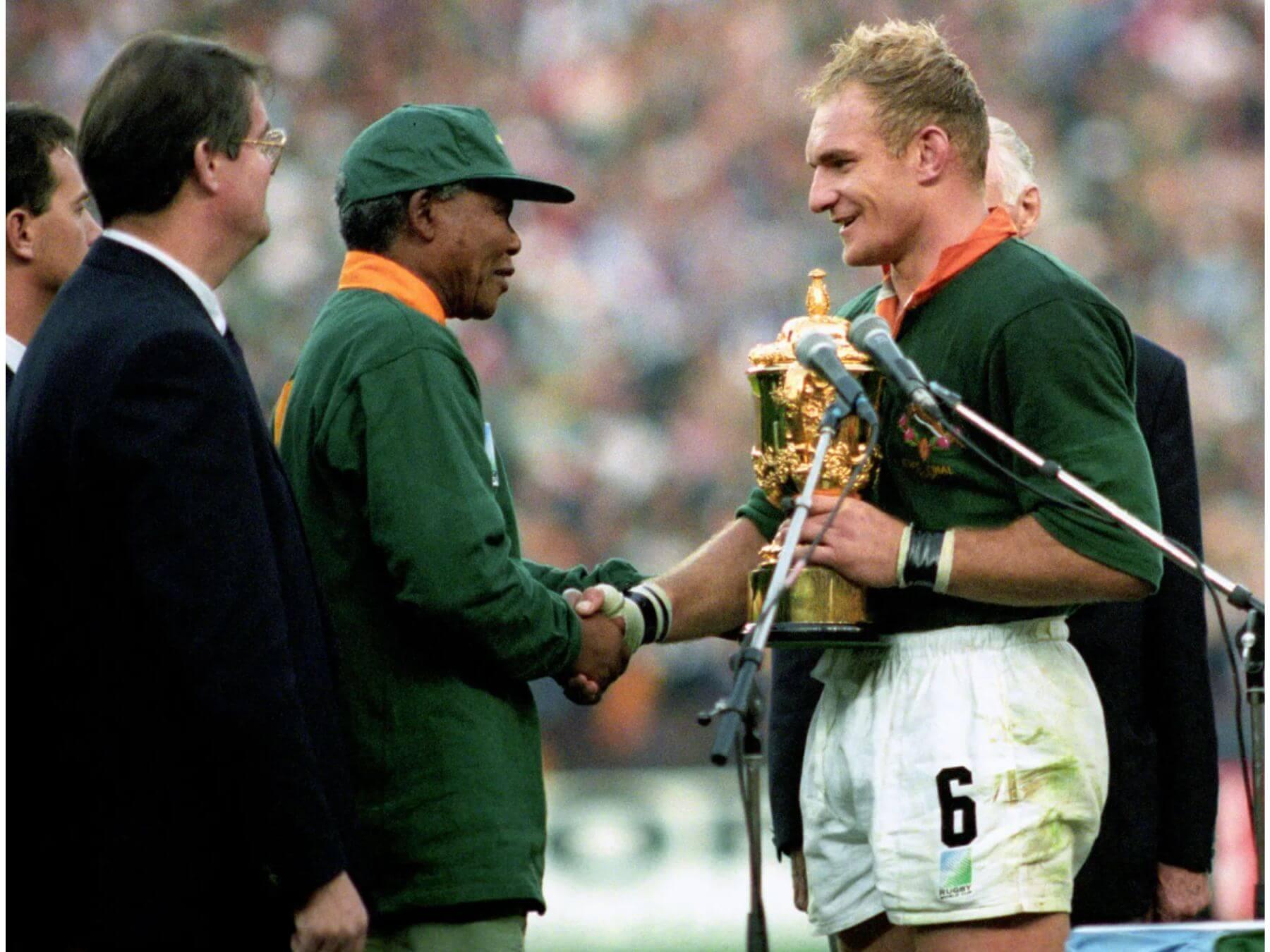 Photo source: britannica.com
Photo source: britannica.com
This iconic photograph was taken as the Springboks captain Francois Pienaar and former President Nelson Mandela shook hands after South Africa won the 1995 Rugby World Cup. This victory was a glimmer of hope for the country to heal old wounds and to show the world the good that could be achieved through sport.
In 1995 South Africa hosted and won the Rugby World Cup. Simply participating in this sporting event (let alone hosting it) was momentous as the country has previously been banned from international sport due to their harsh segregation laws and apartheid regime.
After hundreds of years of segregation, Mandela had the massive challenge of uniting the nation while trying to avoid a civil war. Mandela used the Rugby World Cup to encourage South African unity and national pride. His decision to host this international sporting event had a far-reaching impact and set the stage for a historic, and symbolic, show of national unity.
This sense of newly-developing national pride was amplified when South Africa won the 1995 Rugby World Cup. “The whole of South Africa erupted in celebration, Blacks as joyful as the whites,” Martin Meredith stated in his biography, Mandela*. “Never before had Blacks had cause to show such pride in the efforts of their white countrymen. It was a moment of national fusion that Mandela had done much to inspire.”*
2016 - Colin Kaepernick, Taking the Knee
 Photo source: britannica.com
Photo source: britannica.com
In 2016 Colin Kaepernick began sitting and later kneeling during the American national anthem to show his disdain for police brutality and racial injustice in the US. Like Tommie Smith and John Carlos, Kaepernick used his spotlight to express his political views and contempt for racial discrimination. At the time, Kaepernick explained that “I am not going to stand up to show pride in a flag for a country that oppresses Black people and people of colour. To me, this is bigger than football”.
Kaepernick's actions spurred debates from supporters and critics across America. Several NFL players and other athletes followed in his footsteps of social activism. While some publications and politicians called him out for disrespecting the country and suggesting that he should leave, others supported his decision and use of freedom of speech. In October of that year, Colin appeared kneeling on the cover on Time Magazine which cited him for prompting a national debate about “privilege, pride, and patriotism”.
Kaepernick taking the knee began a movement throughout the US where athletes used their public platform to share their social and political views, known as “The Kaepernick Effect”. Author Dave Zirin released a book with the same title where he explores the ripple effect of Colin's protests and how he inspired activists at all levels of American sports. Colin's activism showed athletes that they could be involved in sport while also standing up (by not standing) for what they believe in.
Final Thoughts for Sports Photographers
Never underestimate the power of the photographs you take. No matter what field of photography you specialise in, when you're photographing people, anything could happen. Your image could capture a moment that could change the way the world views history.
Written by Katya Mulvaney | Katya is a brand creation and digital marketing specialist. She heads up marketing and communication here at LightRocket. If you subscribe to our emailer or follow us on social media, then you're probably already familiar with some of her work. She also never shies away from a good plate of pasta.
To read more helpful articles on photography, check out our blog page.
Join our growing photographer community at LightRocket and get powerful archive management and website building tools for free!
